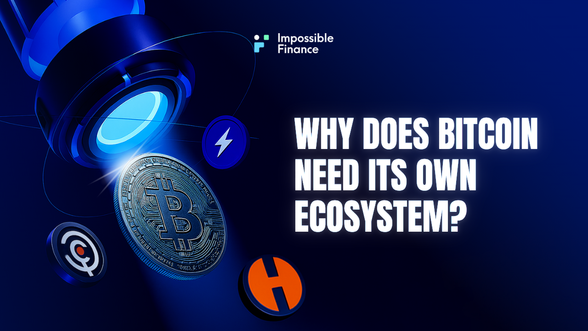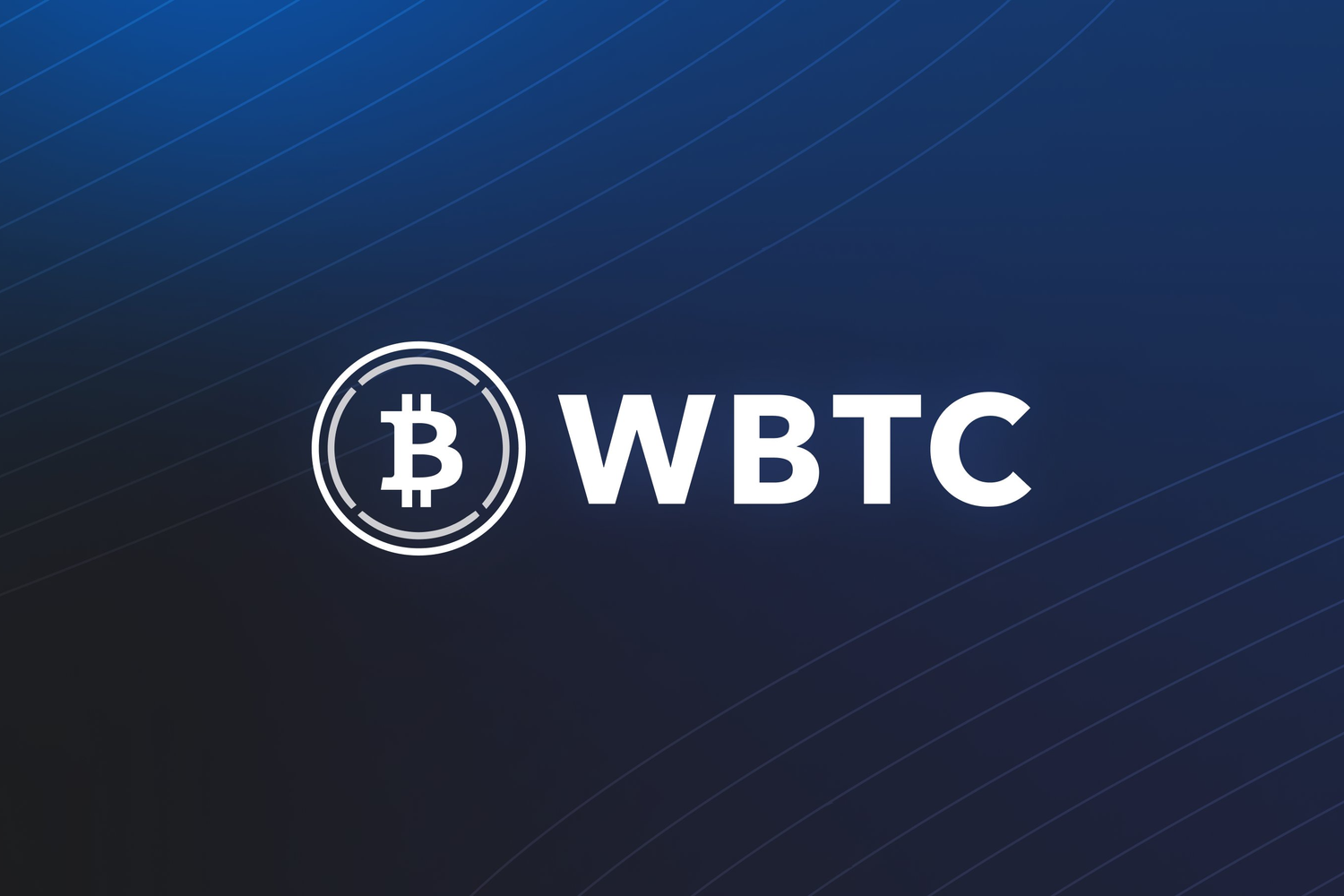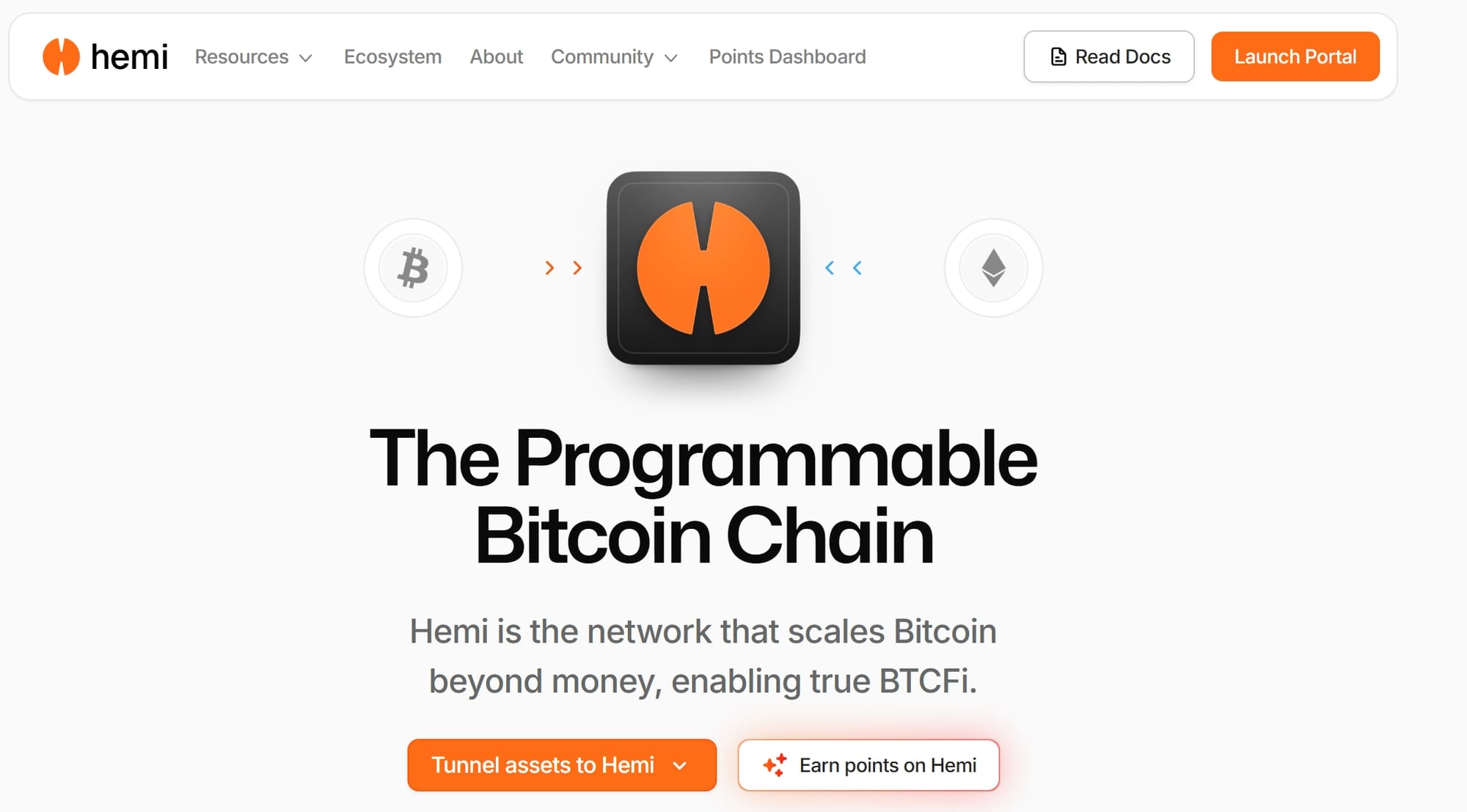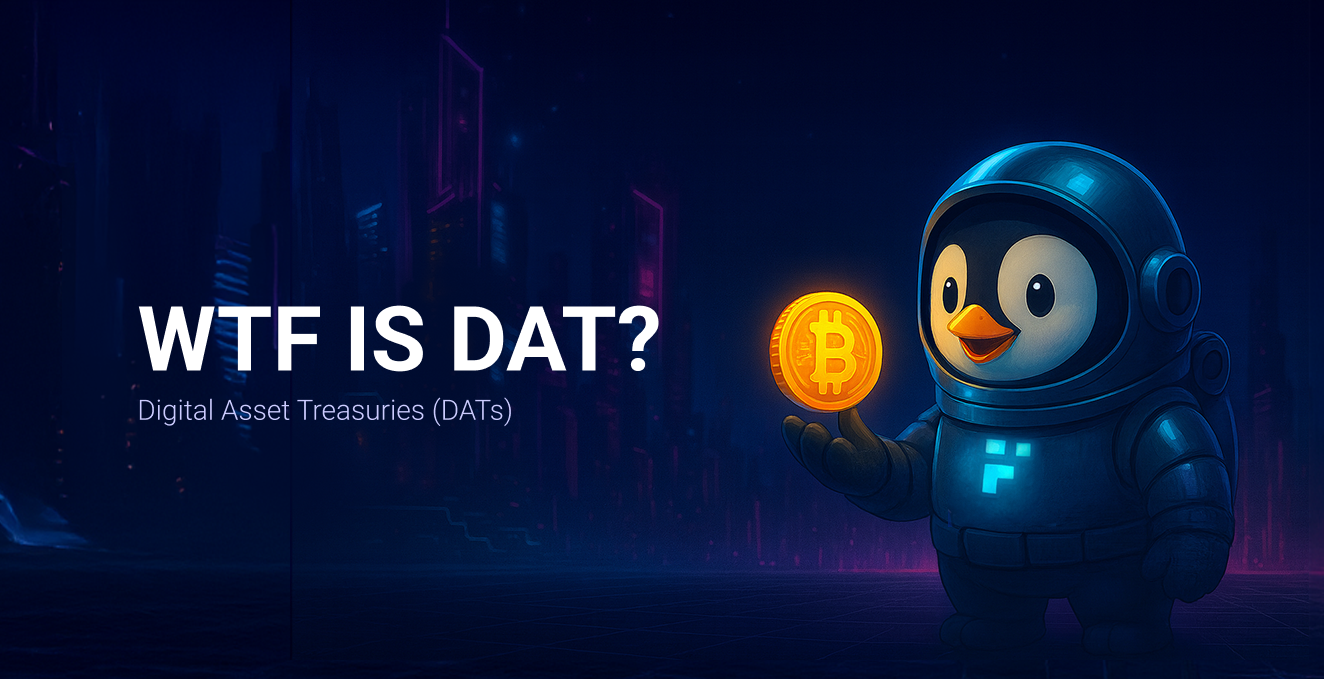
Bitcoin Eco Overview: A Billion - Dollar Ecosystem Is Taking Shape
Why Does Bitcoin Need Its Own Ecosystem?
Bitcoin has long been hailed as “digital gold” - a secure store of value, resistant to inflation and censorship. However, today’s financial world demands much more: automated trading, leveraged investments, and even credit issuance. While blockchains like Ethereum have exploded with thousands of DeFi applications, Bitcoin remains largely limited to basic value transfer and storage.
Another key driver behind the Bitcoin ecosystem is its long-term network security. After the year 2140, when BTC block rewards drop to zero, transaction fees will become the sole incentive for miners. Expanding the utility of BTC - through DeFi participation, lending, staking… can generate more transaction fees and revenue, helping to sustain Bitcoin’s network security into the future.
In recent years, “Bitcoin DeFi” (or BTCFi) has emerged as a growing trend, unlocking new functionality for BTC. Projects ranging from layer 2 solutions to DeFi platforms have activated Bitcoin’s liquidity, transforming it from a passive asset into one that can generate yield.
According to Cointelegraph, the amount of BTC locked in DeFi reached a record high of ~$7.5 billion by the end of 2024, spiking in Q4 2024 thanks to re-staking protocols like Babylon and Lombard.
Building an open ecosystem around Bitcoin serves several goals:
- Allow BTC holders to earn yield from their assets instead of simply keeping them in cold storage.
- Expand Bitcoin’s use cases to include lending, collateralized trading, and cross-chain swaps, thereby attracting more capital and community participation.
- Maintain Bitcoin’s core traits, security, decentralization, and censorship-resistance, while layering on DeFi features via Layer 2s, sidechains, or wrapping mechanisms.
Below, we’ll explore the key pillars forming the emerging Bitcoin ecosystem:
- Wrap BTC
- Sidechain / layer 2
- Staking on BTC
NOTE: We won’t cover the inscription, Rune, or Ordinals trends here, as they don’t substantially contribute to Bitcoin, they’re primarily about embedding data into blocks. That said, this trend has served as a useful starting point to spark broader interest in Bitcoin’s emerging on-chain economy.
Wrapped BTC Solutions: The Gateway to DeFi
WBTC
WBTC (Wrapped Bitcoin on Ethereum): Launched in 2019, users deposit BTC into a vault operated by BitGo, and in return receive an equivalent amount of WBTC on Ethereum. Each WBTC is fully backed 1:1 by reserved BTC, and users can redeem their WBTC for real BTC at any time through authorized merchants within the system.

tBTC
This is a trustless Bitcoin–Ethereum bridge, initiated by Keep Network (which later merged with NuCypher to form Threshold Network). Instead of relying on a centralized company to custody BTC, tBTC uses a decentralized network of signers. These signers are randomly selected and must stake collateral assets to participate in securing the BTC keys.
RenBTC
Once a popular decentralized bridge between 2020 and 2021, Ren operated through a decentralized virtual machine (RenVM) powered by a network of Darknodes. These nodes collectively managed BTC custody and minted renBTC across multiple blockchains.
Unfortunately, due to financial issues faced by the project’s backing company, RenBTC ceased operations in 2023.
iBTC
Interlay: A parachain on Polkadot that also issues interBTC (iBTC), a Bitcoin-backed asset that is over-collateralized and secured within the Polkadot ecosystem.
Other examples
There are currently several types of wrapped BTC assets on the Sui network, including LBTC (Lombard), SBTC (Stacks), xBTC (OKX), nBTC (Native), yBTC (Bitlayer), and stBTC (Lorenzo).
This reflects a highly promising sector with growing interest, and strong competition among multiple projects seeking to capture BTC liquidity on Sui.
Sidechains and Layer 2s: Expanding Smart Contract Capabilities
To enable Bitcoin to do more without sacrificing its core principles of security and decentralization, Layer 2 and sidechain scaling solutions have been rapidly evolving. According to Galaxy Research, by the end of 2024 there were over 75 such projects in development. Below are some prominent examples:
Lightning Network (LN)
This is Bitcoin’s most well-known Layer 2 solution, focused on scaling transaction throughput and reducing fees. Lightning Network creates a system of bi-directional off-chain payment channels, enabling instant BTC transfers with near-zero fees.
According to Ainves, by mid-2025 the Lightning Network had nearly 16,000 nodes and 75,000 active channels, with public channel capacity surpassing 5,000 BTC. Liquidity on LN grew by 384% between 2020 and 2025, driven by advancements in capital efficiency and improved routing mechanisms.
Hemi
Hemi is a programmable Layer 2 blockchain for Bitcoin, designed to expand BTC’s financial utility through non-custodial DeFi applications. Leveraging a unique Proof-of-Proof (PoP) consensus mechanism, Hemi commits its block data to the Bitcoin chain, inheriting Bitcoin’s strong security guarantees without altering its base protocol.

The platform integrates the Hemi Virtual Machine (hVM), an enhanced EVM capable of directly accessing native Bitcoin data such as UTXOs and on-chain transactions. It also provides the Hemi Bitcoin Kit (hBK), empowering developers to build robust BTCFi (Bitcoin DeFi) applications with ease.
Hemi’s ecosystem supports seamless, non-custodial asset transfers between Bitcoin, Ethereum, and the Hemi chain via purpose-built Tunnels, ensuring a smooth experience for both users and developers. By combining Bitcoin’s unmatched security with the flexibility of EVM-compatible smart contracts, Hemi unlocks new potential for the next generation of Bitcoin-powered DeFi.
Rootstock (RSK)
Rootstock is an EVM-compatible sidechain that runs in parallel with the Bitcoin network. It uses a lock-mint-burn mechanism (also known as a two-way peg) to convert BTC into its sidechain equivalent, rBTC. Rootstock fully supports smart contracts via the Ethereum Virtual Machine, enabling developers to deploy any DeFi applications similar to those on Ethereum.
When you lock your BTC, an equivalent amount of rBTC is minted on the Rootstock network. This system is secured by Bitcoin’s Proof-of-Work, ensuring that every rBTC is fully backed by actual BTC. The peg process is decentralized, managed by a federation of nodes that oversees the locking and unlocking of BTC.
Stacks
Stacks (formerly Blockstack) leverages a consensus mechanism called Proof of Transfer (PoX), which uses Bitcoin as its base layer of security. Each new block on the Stacks blockchain is “mined” by sending BTC to a specific address. This innovative design allows Bitcoin holders to actively participate in and secure the network.
- Stacking: Users can lock up BTC to participate in staking and receive rewards in STX, Stacks’ native token.
- DApps & Smart Contracts: Stacks supports smart contracts written in Clarity, a language focused on precise control of funds and deterministic execution.
- Notable Applications: These include Arkadiko (a lending protocol with dUSD stablecoin), Alex (an AMM), Hiro Wallet (wallet and SDK), and SIP009 (Stacks’ token standard).
Stacks operates its own blockchain and native token (STX), built on the PoX model, where miners spend BTC to earn the right to produce new Stacks blocks. In return, STX holders can receive BTC rewards distributed through this mechanism. This aligns Stacks closely with Bitcoin while enabling smart contract functionality.
Liquid Network
Liquid is a sidechain developed by Blockstream, optimized for fast and private transactions between exchanges and institutions. Key features include:
- L-BTC: A wrapped token pegged 1:1 to BTC, held in custody by a multi-signature federation. It utilizes a two-way peg mechanism, similar to Rootstock.
- Confidential Transactions: Conceal transaction amounts to enhance privacy.
- Atomic Swap: Enables direct exchange of L-BTC with other financial assets on the Liquid network.
Mintlayer
This is a sidechain project focused on asset tokenization and DeFi on Bitcoin. Mintlayer adopts a Proof-of-Stake design and features a unique consensus mechanism known as Dynamic Slot Allotment (DSA), which leverages the Bitcoin blockchain for both security and participant selection.
Botanix (Spiderchain)
Botanix Labs is building a Layer 2 scalability solution for Bitcoin based on the Spiderchain concept. In simple terms, Spiderchain establishes a network of distributed multi-signature wallets, where BTC is locked into randomly selected multi-sig addresses and a corresponding token is minted on the Layer 2.
What sets this model apart is that anyone can become a key-holder in the multi-sig setup, creating a truly decentralized network rather than relying on a fixed federation.
In summary, Bitcoin’s Layer 2 and sidechain landscape is becoming increasingly dynamic:
- Lightning Network focuses on fast payments.
- Hemi, RSK, Stacks, Liquid, and Mintlayer tackle smart contracts, asset tokenization, and DeFi.
- Botanix introduces a novel architecture that reimagines Bitcoin as a foundational layer for building new chains.
Staking and Yield Generation on Bitcoin
Bitcoin staking may sound unusual, since Bitcoin uses a Proof-of-Work (PoW) mechanism and doesn’t have the concept of "staking for rewards" like Proof-of-Stake (PoS) blockchains. However, a number of innovative protocols have emerged that allow BTC holders to earn yield on their idle BTC, by helping secure other networks or providing liquidity, all without having to sell their coins.
These solutions act as a bridge between Bitcoin (a traditionally passive asset) and the dynamic world of DeFi, transforming BTC into a yield-generating asset rather than something that's simply held in cold storage.
Babylon
This is a pioneering project that enables decentralized Bitcoin staking without requiring users to deposit their BTC with a third party. Specifically, users lock their BTC using a special script on the Bitcoin network (similar to a time-lock), which delegates the economic power of their BTC to Proof-of-Stake (PoS) chains to help validate those networks.
In return, BTC stakers earn rewards in the form of tokens from those PoS chains or BABY tokens from Babylon. The breakthrough lies in the fact that everything happens natively on the Bitcoin chain, there’s no need for bridges or wrapped BTC, and users retain full control over their assets.
By the end of 2024, Binance launched BTC staking via Babylon on Binance Earn, and in June 2025, Kraken followed suit through integration with Babylon Labs. This marks growing acceptance of the Babylon model and signals a new chapter in Bitcoin's involvement in the broader PoS economy.
Stroom
In the case of Stroom, the protocol leverages the Lightning Network to generate yield. It functions as a liquid staking platform for Bitcoin on Lightning, in simple terms, it allows users to deposit BTC into the Lightning Network and receive a representative token (stBTC) on EVM-compatible blockchains (such as Ethereum).
The stBTC issued by Stroom can be used in Ethereum DeFi protocols, while the underlying BTC is managed by Stroom and allocated to Lightning channels to earn routing fees. Users don’t need to run their own Lightning nodes, yet they still earn a share of the revenue from transaction fees, distributed automatically by the protocol.
Overall, BTC staking and yield generation is emerging as a promising new use case: Bitcoin holders can earn interest while continuing to hold BTC, and other blockchains benefit by leveraging Bitcoin’s economic strength to help secure their networks.
Opportunities and Challenges
The expanding Bitcoin ecosystem is facing tremendous opportunities while also grappling with significant challenges on its path to maturity.
Opportunities
- Tapping into Bitcoin’s Vast Capital Base: With its top-tier market capitalization and widespread investor appeal, Bitcoin is often regarded as a liquidity goldmine. Even if only 2–3% of BTC supply is deployed into DeFi, Bitcoin-based DeFi (BTCFi) could scale to tens of billions of dollars in value.
- Bitcoin as the “Ideal” Collateral Asset: Bitcoin’s long-standing history, deep liquidity, and global acceptance make it a prime candidate for financial collateral. Expanding its use as collateral, for stablecoin loans, insurance, or network security staking, enhances Bitcoin’s intrinsic value and transforms it into a productive asset rather than a passive one. At the same time, surrounding ecosystems benefit from BTC’s reliability and lower volatility compared to smaller altcoins when used as collateral.
- Strengthening Bitcoin’s Network Security: As previously mentioned, expanding Bitcoin’s use cases leads to more on-chain activity and higher transaction fees. This is crucial for addressing concerns about Bitcoin’s “post 2140” security model (when block rewards end). Additionally, protocols like Babylon are linking Bitcoin’s economic weight to securing PoS networks, fostering cross-chain cooperation and elevating Bitcoin’s role in the broader crypto ecosystem.
- Benefiting from Favorable Regulation Trends: Bitcoin is often viewed more favorably by regulators than many other tokens, as it’s generally treated as a commodity rather than a security. If the U.S. and other governments open the doors to crypto adoption, Bitcoin and its surrounding applications may face fewer regulatory hurdles compared to DeFi on Ethereum. The launch of Bitcoin ETFs and the entry of traditional banks into Bitcoin services will likely attract more capital, indirectly creating tailwinds for BTC yield platforms.
Challenges
- Ideological and Cultural Barriers: A significant portion of Bitcoin maximalists still hold the belief that “Bitcoin doesn’t need DeFi or flashy features.” They argue that anything beyond Bitcoin’s role as a store of value and L1 payment system is unnecessary - even harmful to Bitcoin’s minimalist ethos. If this mindset becomes dominant, it could hinder community support for Layer 2 solutions or expansion projects. The Bitcoin ecosystem may struggle to grow from within due to the lack of passionate evangelists like those found in Ethereum’s community.
- Competition and DeFi Gap with Ethereum: Ethereum and other smart contract platforms are well ahead in terms of application ecosystems. From developer activity to user base and liquidity depth, Bitcoin DeFi still lags behind. Attracting liquidity remains a major challenge: a Bitcoin DEX without deep liquidity can’t compete with Uniswap on price execution, and a lending protocol with uncompetitive rates will find it hard to pull borrowers away from platforms like Aave.
- Inherent Technical Limitations: Even with L2 solutions, Bitcoin L1 remains slow (10 minutes per block) and many actions still require on-chain interactions (such as opening Lightning channels or transferring BTC to sidechains). This can lead to bottlenecks. For example, while Stacks has improved speed, it ultimately relies on Bitcoin’s ~10-minute finality; similarly, Lightning’s scalability is constrained by slow on-chain channel openings.
- Security Risks: Implementing complex cross-chain bridges and smart contracts always carries the risk of bugs and vulnerabilities. Painful lessons include the tBTC v1 bug in 2020, which caused the project to shut down, and massive bridge hacks like Wormhole and Ronin that wiped out hundreds of millions of dollars. Bitcoin’s ecosystem will inevitably face similar risks, potentially even more serious, since BTC represents high-value native assets where a flaw can directly impact user funds.
- Fragmentation of Solutions: There’s an abundance of Layer 2 and sidechain projects evolving simultaneously (Stacks, RSK, Mintlayer, Liquid, Lightning, Drivechain…). Each has its own token, bridge mechanism, and standards, often incompatible with one another. Without cooperation or shared protocols, liquidity and developer resources risk being fragmented across competing solutions.
Conclusion
Bitcoin’s ecosystem is undergoing a “renaissance,” emerging from the shadow of a passive asset into a more dynamic role. Once considered dull compared to the fast-paced DeFi landscape, Bitcoin is now gradually building its own DEXs, lending protocols, staking options, EVM-compatible sidechains, stablecoins, and even NFTs.
The opportunity here lies in transforming Bitcoin into a truly global decentralized financial platform, harnessing its powerful brand and market cap to foster a safer and more trustworthy DeFi ecosystem. However, ideological, technical, and competitive challenges should not be underestimated. Overcoming these barriers will require time, persistence, and collaboration across the community.


